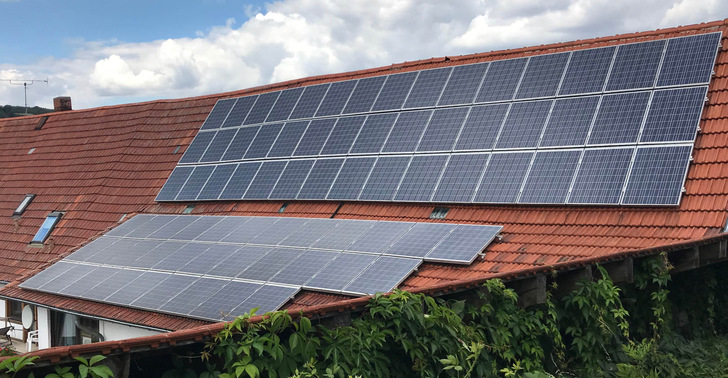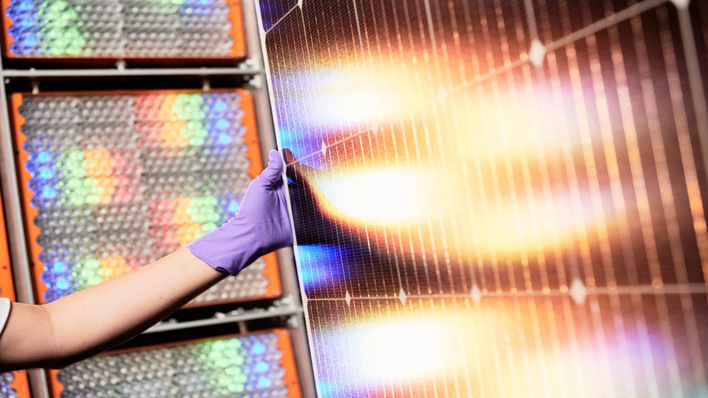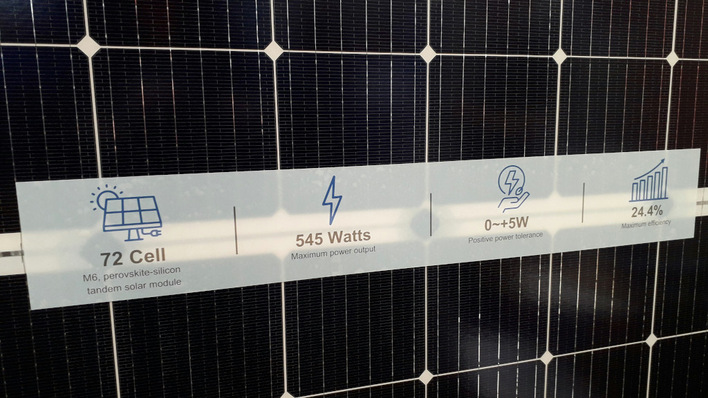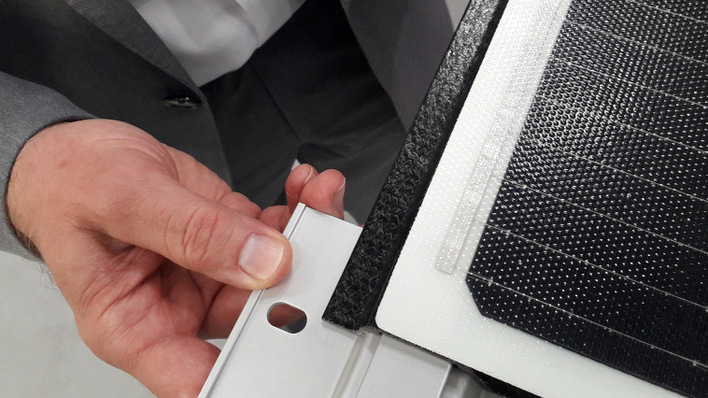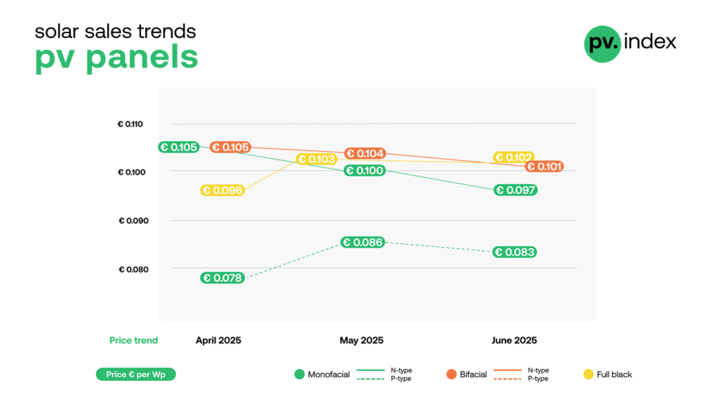The summers of 2018 and 2019 were hotter than average. And now the World Meteorological Organization (WMO) is warning that another hot summer is coming to the Northern Hemisphere. It could be one of the warmest since weather records have been kept, say the experts. This is not really good news for the operators of photovoltaic systems. While a lot of sun is good for the yield of solar power systems, long hot periods are more counterproductive. This is because the module power drops with increasing ambient temperature accompanied by increasing module temperature. The relationship between the temperature and the power from photovoltaic modules is registered using the temperature coefficient. In view of the fact that, due to climate change, it is probable that more very hot summers are coming, this value, in addition to the module power, is becoming more important when making the decision to buy.
Standard test conditions were defined to allow PV modules to be compared. For these conditions, the module parameters in the datasheets are specified based on 1,000 watts per square meter sunlight with a cell temperature of 25°C. On a hot summer day, a module will quickly reach 60°C or maybe even 70°C. The temperature coefficient specifies just how this heat affects the module power. It provides a number showing by how much the module power is reduced if the ambient temperature is increased by one degree Celsius. The lower the temperature coefficient, the better.
Panasonic photovoltaic modules as an example:
Since 2017, the temperature coefficient of the HIT high-power modules is -0.258%/°C. This means, with a Series HIT 330-watt module, the power drops by 0.851 watts for each degree Celsius of module heating. If the module temperature increases from the 25°C used as a standard base line to 26°C, there is no appreciable loss. If the module temperature during a hot summer day increases to 60 degrees, however, that is a difference of 35 degrees and corresponds to a loss of 29.78 watts. The module then only generates 300 watts of power.
Small difference, large effect
A number that looks like a big loss is relatively small in comparison to conventional crystalline PV modules. This is because the temperature coefficient of such modules is usually between -0.4 and -0.5% per degree Celsius.
Expressed in specific numbers, this means that if a conventional 330-watt module with a temperature coefficient of -0.5% heats from 25 to 26 degrees Celsius, the power is reduced by 1.65 watts. Increasing the temperature to 60 degrees yields a reduction of 57.75 watts. Then, the module power is only 272 watts.
See also:
Berlin’s first smart city quarter powered by Panasonic
This corresponds to a difference between the conventional modules and Panasonic ones of about 28 watts at the time of maximum yield due to the temperature coefficient. In other words, the loss for conventional crystalline modules is almost twice as high as that for a Panasonic HIT module using heterojunction technology.
Take the temperature coefficient into account
The difference of 28 watts is about 8.5 per cent for a 330-watt module. This is money in the pocket of the system operator as the following calculation demonstrates: A photovoltaic system generates about 1000 kilowatt hours per kilowatt annually on average given the solar radiation in southern Germany. This means that a PV system with a power of 10 kilowatts produces 10,000 kilowatt hours of solar power per year. As a result of the improved temperature coefficient, a system using Panasonic HIT modules would generate 8.5 per cent more kilowatt hours of solar power, thus 850 kilowatt hours annually. Calculating with a feed-in tariff of 10 cents per kilowatt hour, this is 85 euros more per year. With the Renewable Energy Sources Act (EEG) compensation over a term of 20 years, this is an appreciable amount.
Looking at the possibility of more frequent hot summers, it becomes worthwhile to take the temperature coefficient into account when selecting modules. Good ventilation for the modules is also conducive for the solar yield. However, this should be factored into every installation. (mfo)


